Entrever
Laercio Redondo in collaboration with Birger Lipinski
Solo Exhibition
Galleria Continua, São Paulo, Brazil, 2025
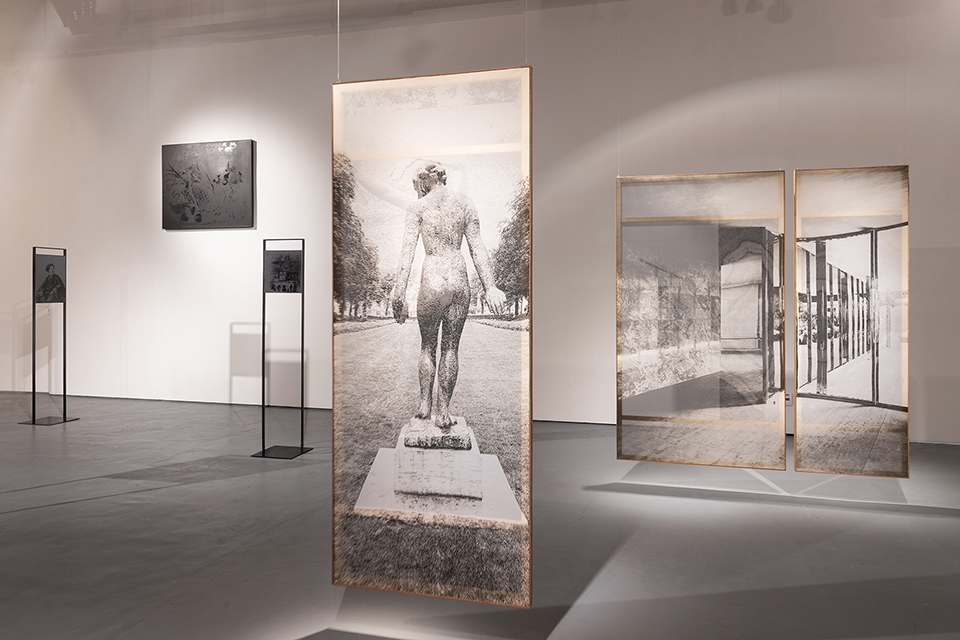
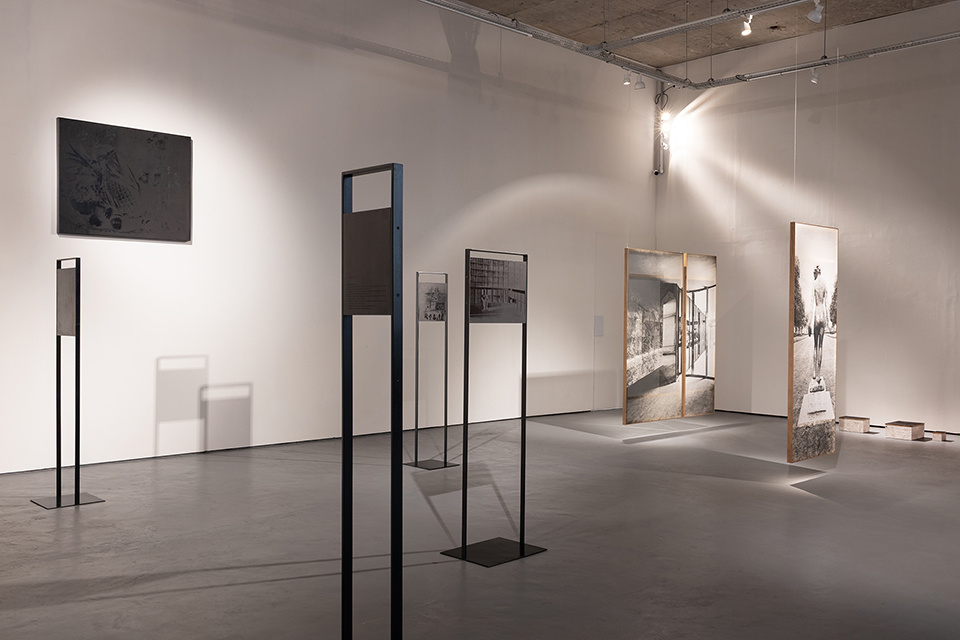
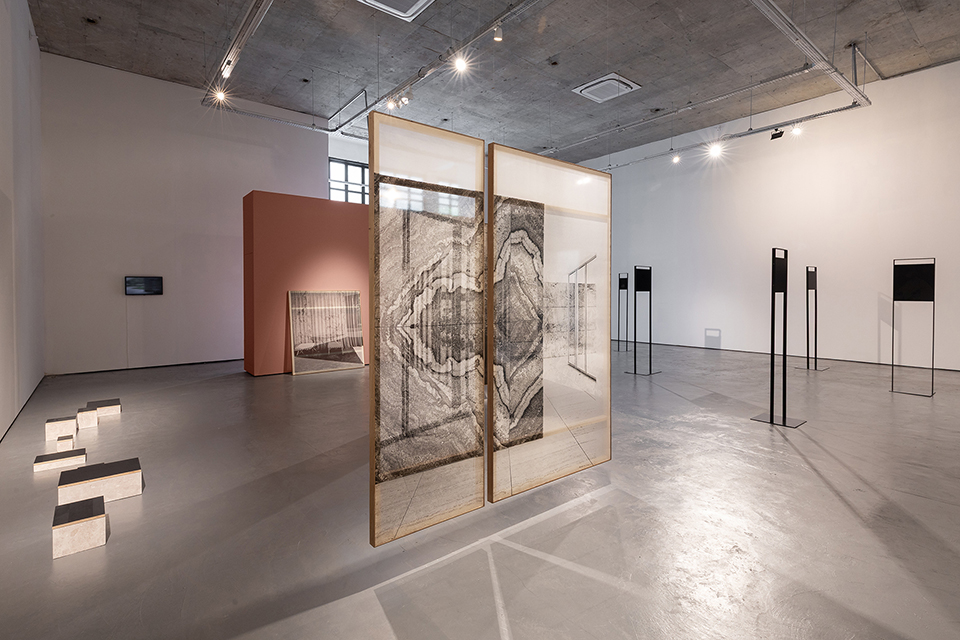
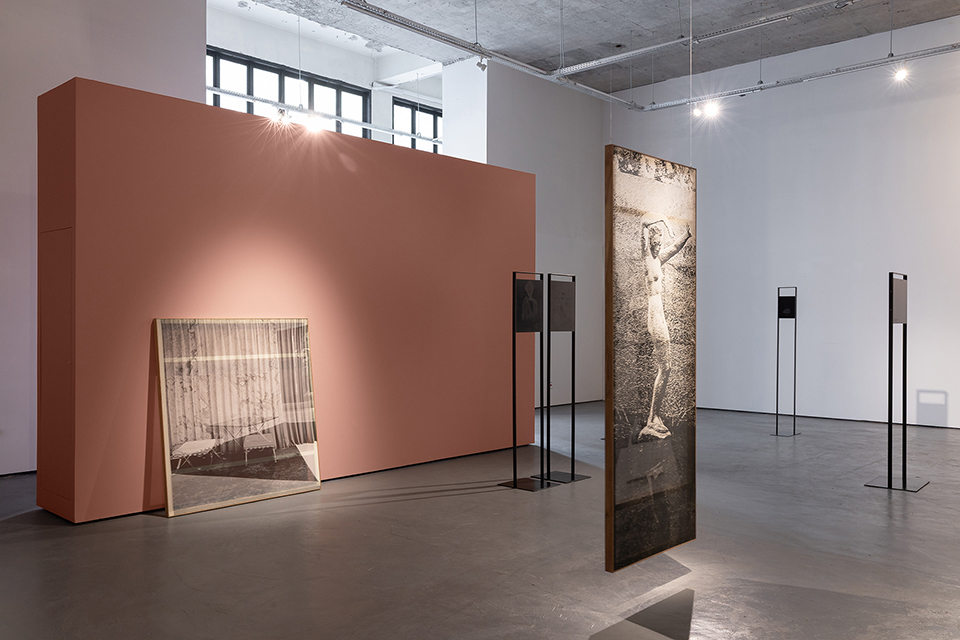
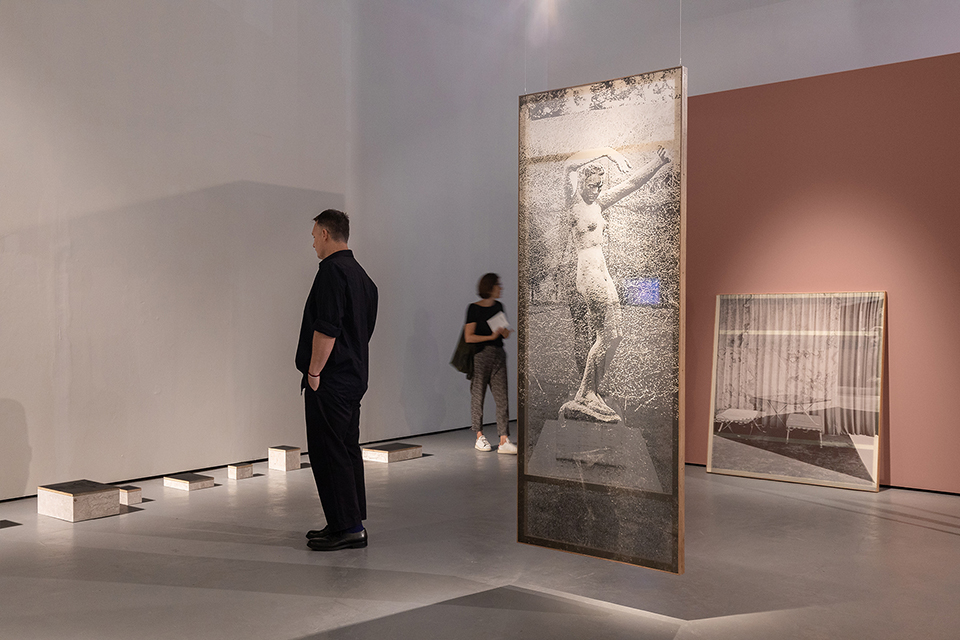
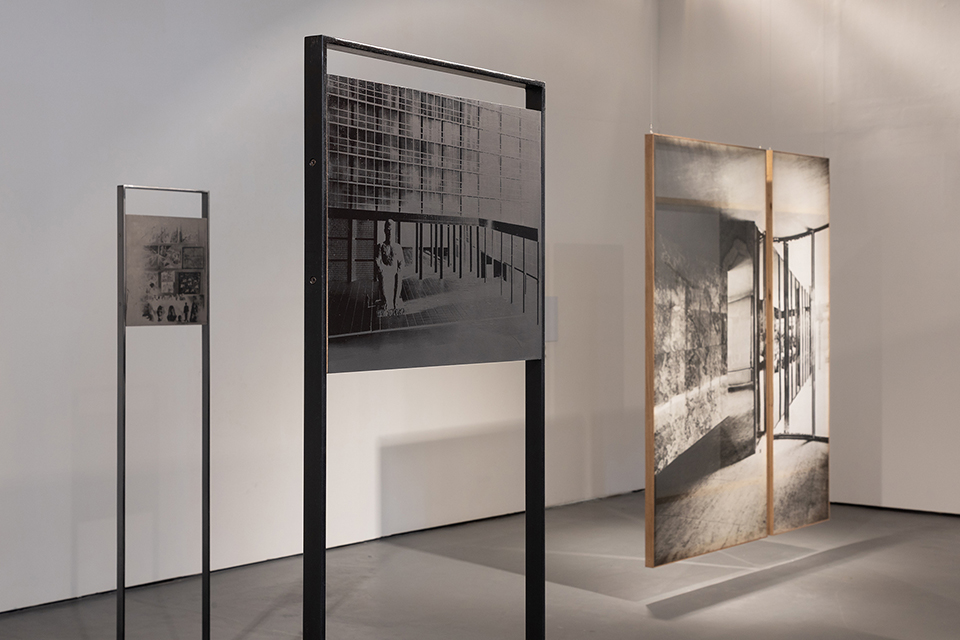
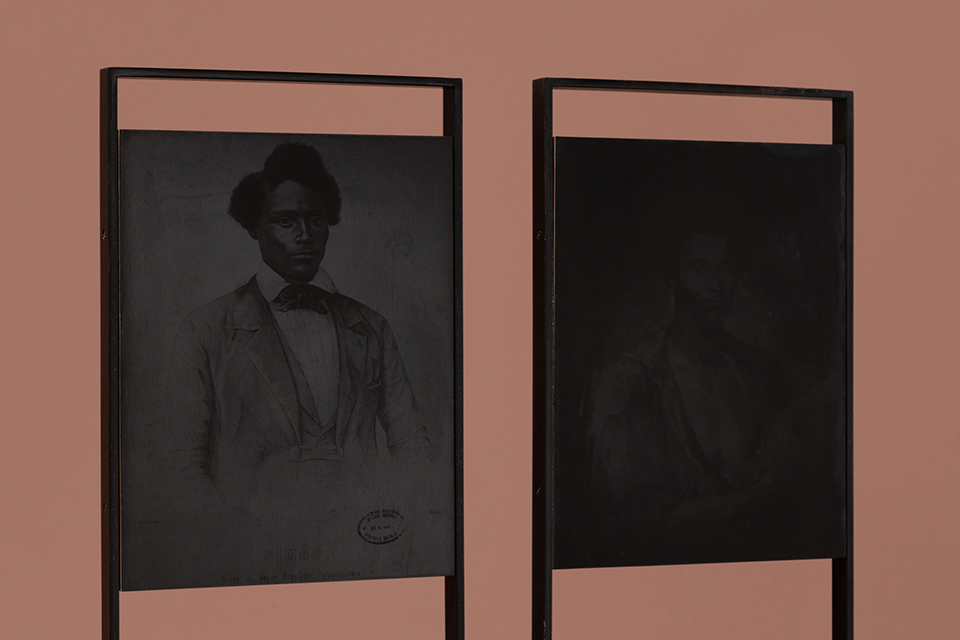
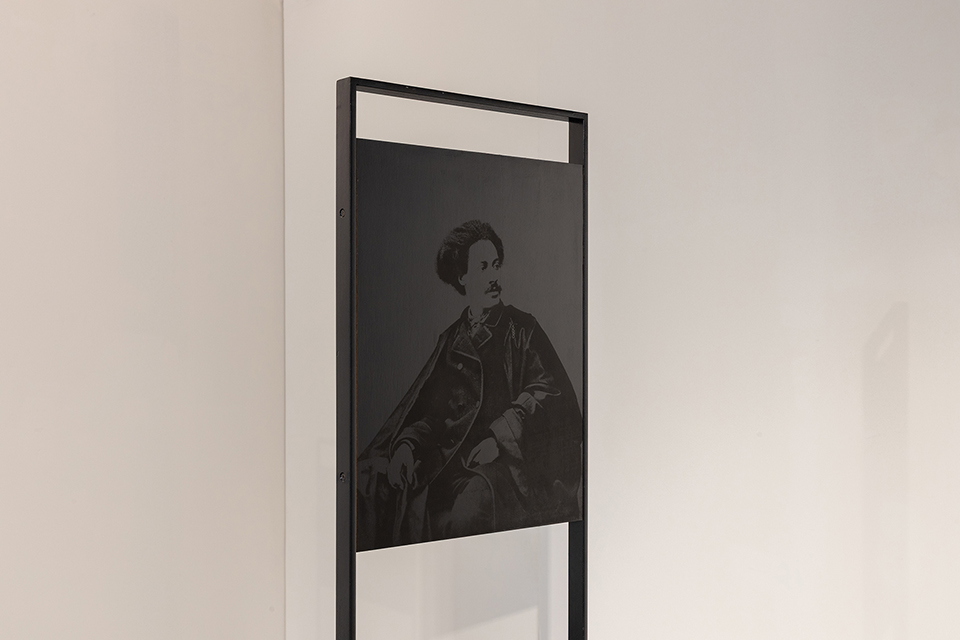
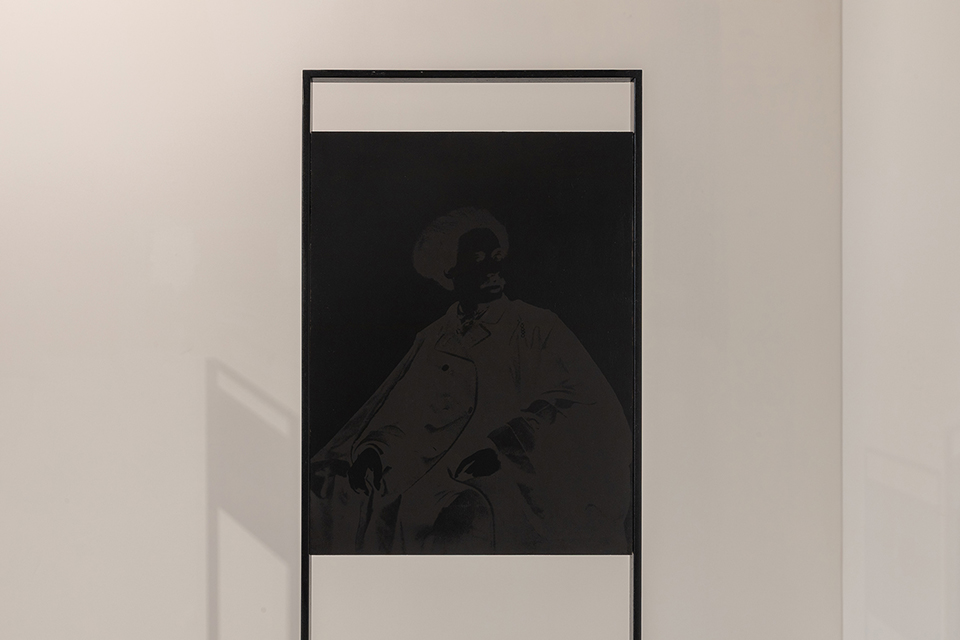
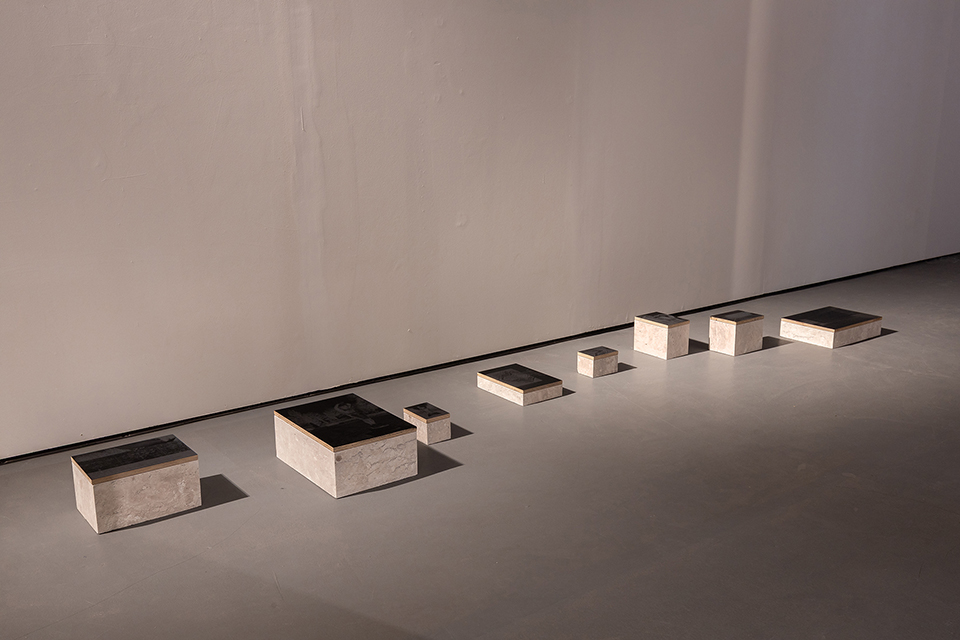
Entrever marks the first solo exhibition of Laercio Redondo at Galleria Continua. The exhibition presents two series of works developed in distinct contexts, which together reveal the artist’s interest in the essence of the image— a field of tensions where the visible and invisible, presence and absence, intertwine. His gaze falls on what appears evident but remains concealed, obscured by layers of forgetfulness or exclusion.
Recast (Relance) is based on a reflection on the history of Brazilian art and questions the museological model that has served to objectify colonial exhibition structures. In 2018, at the Pinacoteca de São Paulo, Redondo researched the work of Estevão Silva, the first Afro-Brazilian artist admitted to the Imperial Academy of Fine Arts around 1863. From the gaps in these narratives, he now presents eight black monochromes. Their faintly shining surfaces reveal encapsulated images—images in potential, suspended between the virtual and the real, at the limits of visibility.
In a different context, the series The simplest thing is the hardest to do (O mais simples é o mais difícil de fazer), created in 2020 at the Barcelona Pavilion, positions Redondo within the field of architecture, particularly its modernist strands. Designed in 1929 by Mies van der Rohe and Lilly Reich, the Pavilion is itself a site of erasures—most notably the omission of Reich as co-author, and its controversial reconstruction in 1986.
Redondo problematizes these fissures through photographs printed on silk that intertwine past and present, giving visibility to overlooked figures and forgotten histories. By choosing silk, he not only reinforces the ethereal materiality of the work but also celebrates Reich’s role as a textile designer. A series of black monochromes on marble bases further evoke the dense materiality of the Pavilion. In contrast to the ideal of modernist transparency, their opaque surface acts as a provocative gesture, resisting dominant narratives and creating another way to relate to the visible.
Patricia Wagner, curator (excerpts from the original curatorial text)
Photo: Sara de Santis
